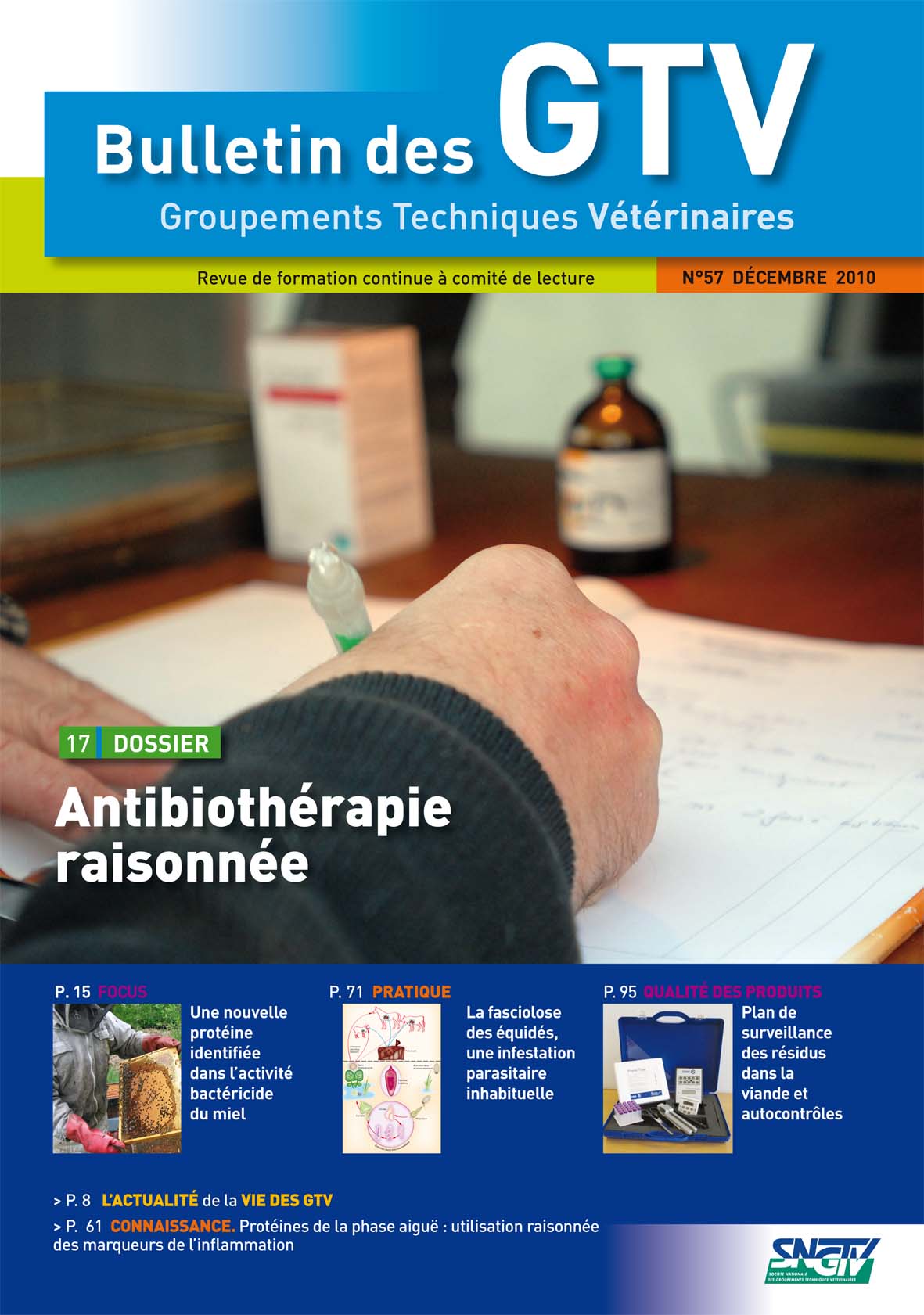« Vite, fort, longtemps », est-ce toujours d’actualité en antibiothérapie?

Auteurs
Résumé
La stratégie de « traiter vite, fort et longtemps » qui a longtemps été préconisée en antibiothérapie n’est pas optimale pour atteindre les deux objectifs qui sont d’éradiquer les bactéries pathogènes du site infectieux et de limiter la sélection de résistances bactériennes. « Traiter vite et fort » permet d’atteindre rapidement ces deux objectifs au niveau du site infectieux et est donc toujours d’actualité alors que « traiter longtemps » est déconseillé lorsque la situation clinique le permet car cela favorise la sélection de résistances au niveau du site infectieux et de la flore commensale. « Traiter vite, fort et brièvement », c’est-à-dire pendant une durée limitée au strict nécessaire, est donc actuellement la meilleure stratégie bien qu’aucune administration d’antibiotique ne soit capable d’épargner la flore digestive qui est une source de résistances potentiellement transmissibles à l’Homme.
Abstract
Hit “hard, fast and for a long-time,” was until recently recommended when using antimicrobial agents. However, it is not optimal when the objectives are to try to eradicate pathogens from an infected site and to try to limit the selection of resistant bacteria. It is still advised to hit “hard and fast” since the above objectives can be reached rapidly. However, when possible, it is not recommended to treat “for a long-time” because it favours the selection of bacterial resistance at the infected site and in the commensal flora. In consequence, hit “hard, fast and for a short-time” (meaning for the period which is strictly necessary) is, at the present time, the best strategy. The administration of antibiotics always has effects on the digestive flora and this can be a source of antibiotic resistance which is potentially transferable to humans.

